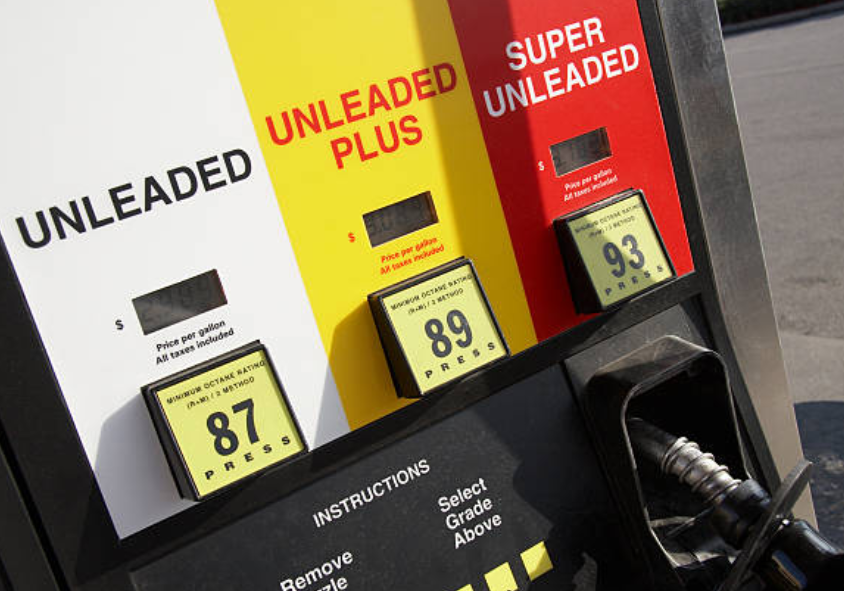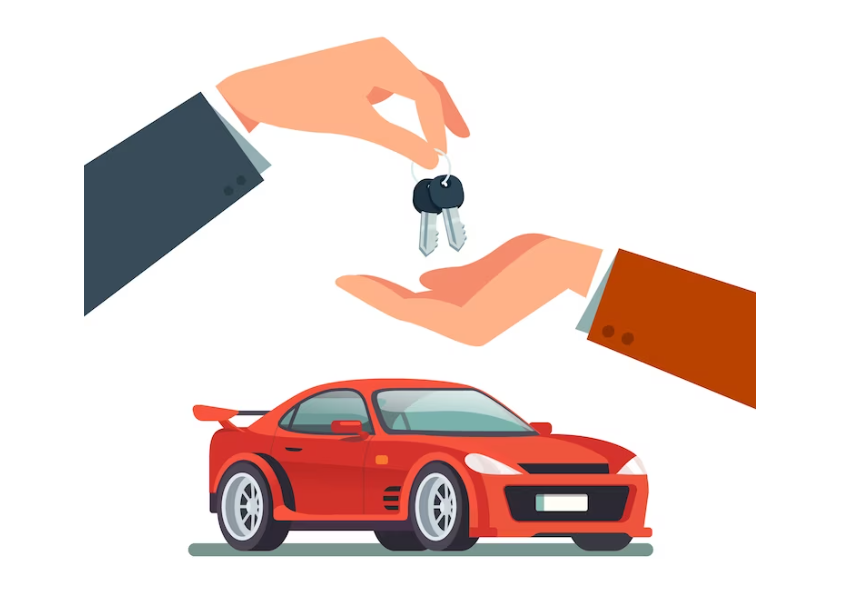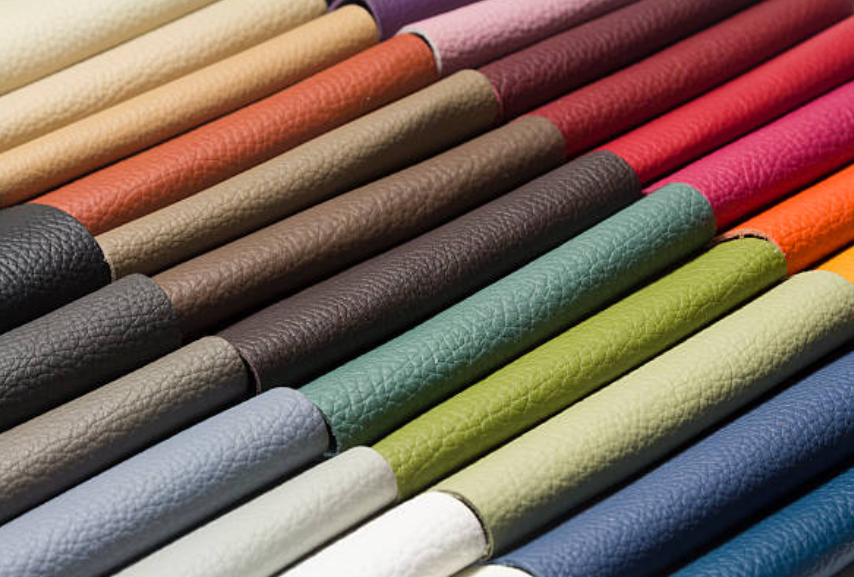The Complete Guide To Cabin Air Filters: Everything You Need to Know
A car's cabin air filter works to remove dangerous contaminants from the air that circulates within the car, like dust and pollen. This filter, which is usually mounted behind the glovebox, cleans the air as it passes through the HVAC system of the car. If your car is not running well or you notice that the airflow is not as good as it could be, you should think about changing the cabin filter. This will help the system and the air quality in your car.
This component comprises a compact pleated unit, often crafted from an engineered material or paper-based, multi-fiber cotton. Before air enters the vehicle's interior, it undergoes filtration through this unit, capturing any contaminants present in the air to prevent their entry into the breathing space. The nuances of cabin air filters will be covered in detail in this guide, along with information on varieties, advantages, replacement methods, maintenance advice, and frequently asked questions.

Understanding Cabin Air Filters
Definition and Purpose:
In order to prevent particles and pollutants from entering the cabin, incoming air must first pass through cabin air filters, which are essential parts of an automobile's HVAC system.
Types:
- Particulate filters are made to collect fine particles such as pollen, dust, and others.
- Odors can be effectively neutralized, and hazardous gases can be effectively absorbed by activated charcoal filters.

Functionality:
Cabin air filters work by capturing pollutants and letting clean air pass through a porous substance like paper or synthetic fibers. During the trip, this filtering method makes sure that the air that passengers breathe in is pure and fresh.
Indicators for replacement:
Cabin air filter replacement is indicated by symptoms including decreased vent airflow, persistent odors, or worsening allergy problems.
Enhanced Air Quality:
A clean cabin air filter guarantees that passengers breathe in clean, fresh air, lowering the risk of respiratory problems by capturing dust, pollen, and other pollutants.
Allergen and Pollutant Protection:
Ensuring that incoming air is free of allergens and contaminants greatly enhances customer comfort and health, particularly for individuals who are more susceptible to allergies or respiratory problems.

Optimized HVAC System Performance:
The HVAC system runs more smoothly when the cabin air filter is clean, which guarantees even temperature and airflow throughout the car.
Prevention of Odors and Mold Growth:
Cabin air filters keep mold and germs from growing inside the HVAC system by absorbing moisture and smells, thereby preserving a comfortable interior atmosphere.
Extended HVAC Lifespan:
Maintaining cabin air filters on a regular basis eases the burden on HVAC parts, increasing their lifespan and lowering the need for expensive repairs.
Locating and Accessing the Filter:
Referencing the vehicle's manual, identify the location of the cabin air filter housing and remove any necessary panels or covers to access it.
Tools Required:
Depending on the vehicle model, common tools for replacement include screwdrivers and replacement cabin air filters.

Selecting the right filter:
Consider factors such as filter material and compatibility with the vehicle's HVAC system when choosing a replacement cabin air filter.
- Remove the old filter from the housing, taking care to note its orientation.
- Install the new filter, ensuring it aligns correctly with the housing.
- Reassemble any panels or covers that were removed during the process.
- Be vigilant against errors such as installing the filter upside down or failing to secure it properly within the housing.
Replacement Frequency:
Follow the manufacturer's instructions for changing the cabin air filter on a regular basis, making adjustments for different driving situations and environmental considerations.
Factors Influencing the Lifespan:
Cabin air filter lifespan can be impacted by driving style, environmental factors, and vehicle usage; in certain cases, this means more regular replacements.

Supplementary Measures for Air Quality:
Regular interior cleaning, the use of air purifiers, and minimizing exposure to external pollutants further contribute to maintaining clean air within the vehicle.
Cleaning Reusable Filters:
Refer to the manufacturer's instructions for reusable cabin air filter cleaning and maintenance; use vacuuming or compressed air to get rid of any dirt.
Professional Inspection:
To guarantee the best possible operation of the HVAC system and cabin air filter, think about having regular inspections and maintenance performed by trained specialists.
What is the price of a car cabin air filter?
According to CARFAX, a car cabin air filter might cost you anywhere from $15 to $40. Having the filter changed by a professional could cost you an additional $50.
Do I need a cabin air filter to operate my car?
Although a cabin air filter is not necessary for vehicle operation, it is nonetheless recommended to update it. Although it can be uncomfortable to drive and may result in some engine wear and tear, the cabin air filter is crucial in preserving the quality of the air inside the car by removing dust, pollen, pollutants, and other airborne particles.
Does gas mileage change with the cabin filter?
According to AutoZone, a cabin air filter may have an impact on fuel efficiency. The HVAC may have to work harder due to a dirty cabin filter, which will strain the engine. Still, the decrease in efficiency is negligible. Filter replacement is still necessary, though, in order to avoid more major issues.
For the comfort and health of your passengers, your car's cabin air filter is essential to keeping the air pure. Air quality, HVAC system function, and the overall driving experience can all be enhanced by sticking to suggested replacement intervals and performing appropriate maintenance procedures. The integrity of the cabin air filter system in your car is mostly dependent on routine replacement and, when necessary, professional inspection. You will be able to enjoy more comfortable driving conditions and cleaner, fresher air for years to come with these precautions in place.
Click on the following link to read another blog post: How To Build The Perfect Garage?
















